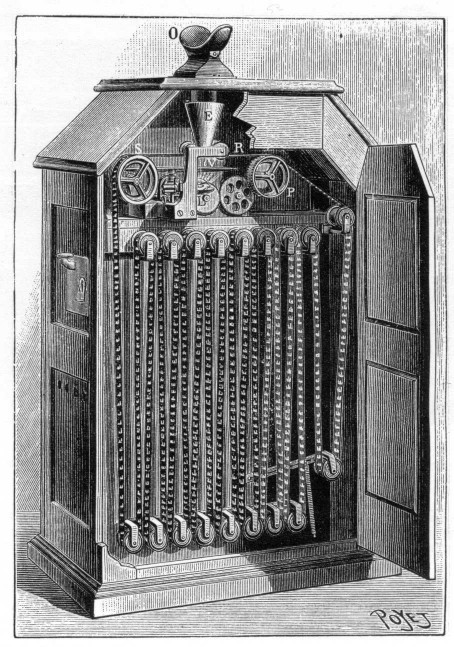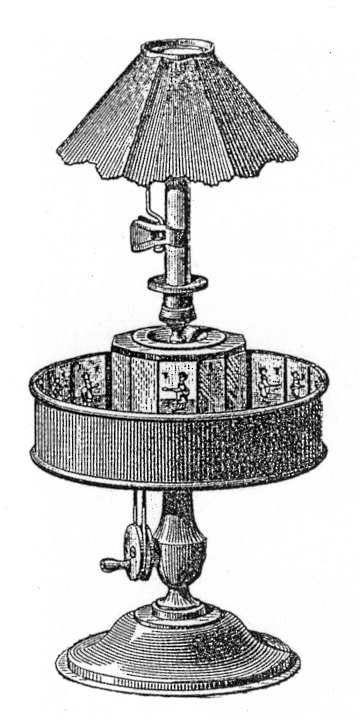Disney has been around for many years, people would see Disney as the parents of animation. Walter Elias Disney was the founder of The Walt Disney Company and did many things for the company to work. One massive thing that Walter did was create the character Mickey Mouse and used his own voice for the productions.
 Early Animation from Disney
Early Animation from Disney
In 1928, Steamboat Willie was the first animation with synchronized sound.
In 1932, Flowers and Trees was made as the fist Technicolour cartoon.
In 1937, Snow White and the Seven Dwarfs' was the first full animated feature film.

All of these some how have helped animation progress with what it has done in the past.
Principles of Animation
The 12 principles of animation is a set of principles introduced by Ollie Johnston and Frank Thomas in their book (1981) The illusion of Life: Disney Animation.
1. Squash and Stretch- the purpose of which is to give a sense of weight and flexibility to drawn objects.
2. Anticipation- used to prepare the audience for an action, and to make the action appear more realistic.
3. Staging- its purpose is to direct the audience's attention, and make it clear what is of greatest importance in a scene; what is happening, and what is about to happen.
4.Straight adea action and pose to pose- are two different approaches to the actual drawing process. "Straight ahead action" means drawing out a scene frame by frame from beginning to end, while "pose to pose" involves starting with drawing a few, key frames, and then filling in the intervals later.
5.Follow through and overlapping action- These closely related techniques help render movement more realistic, and give the impression that characters follow the laws of phyics.
6.Slow in and out- the movement of the human body, and most other objects, needs time to accelerate and slow down.
7.Arcs- most human and animal actions occur along an arched trajectory and animation should reproduce these movements for greater realism. This can apply to a limb moving by rotating a joint, or a thrown object moving along a parabolic trajectory
8.Secondry Action- adding secondary actions to the main action gives a scene more life, and can help to support the main action. A person walking can simultaneously swing his arms or keep them in his pockets, he can speak or whistle, or he can express emotions through facial expressions.
9.Timing- refers to the number of drawings or frames for a given action, which translates to the speed of the action on film.
10.Exaggeration- is an effect especially useful for animation, as perfect imitation of reality can look static and dull in cartoons. The level of exaggeration depends on whether one seeks realism or a particular style, like a caricature or the style of an artist.
11.Solid Drawing- The principle of solid drawing means taking into account forms in three-dimensional space, giving them volume and weight.
12.Appeal- in a cartoon character corresponds to what would be called charisma in an actor. A character who is appealing is not necessarily sympathetic — villains or monsters can also be appealing — the important thing is that the viewer feels the character is real and interesting.





















